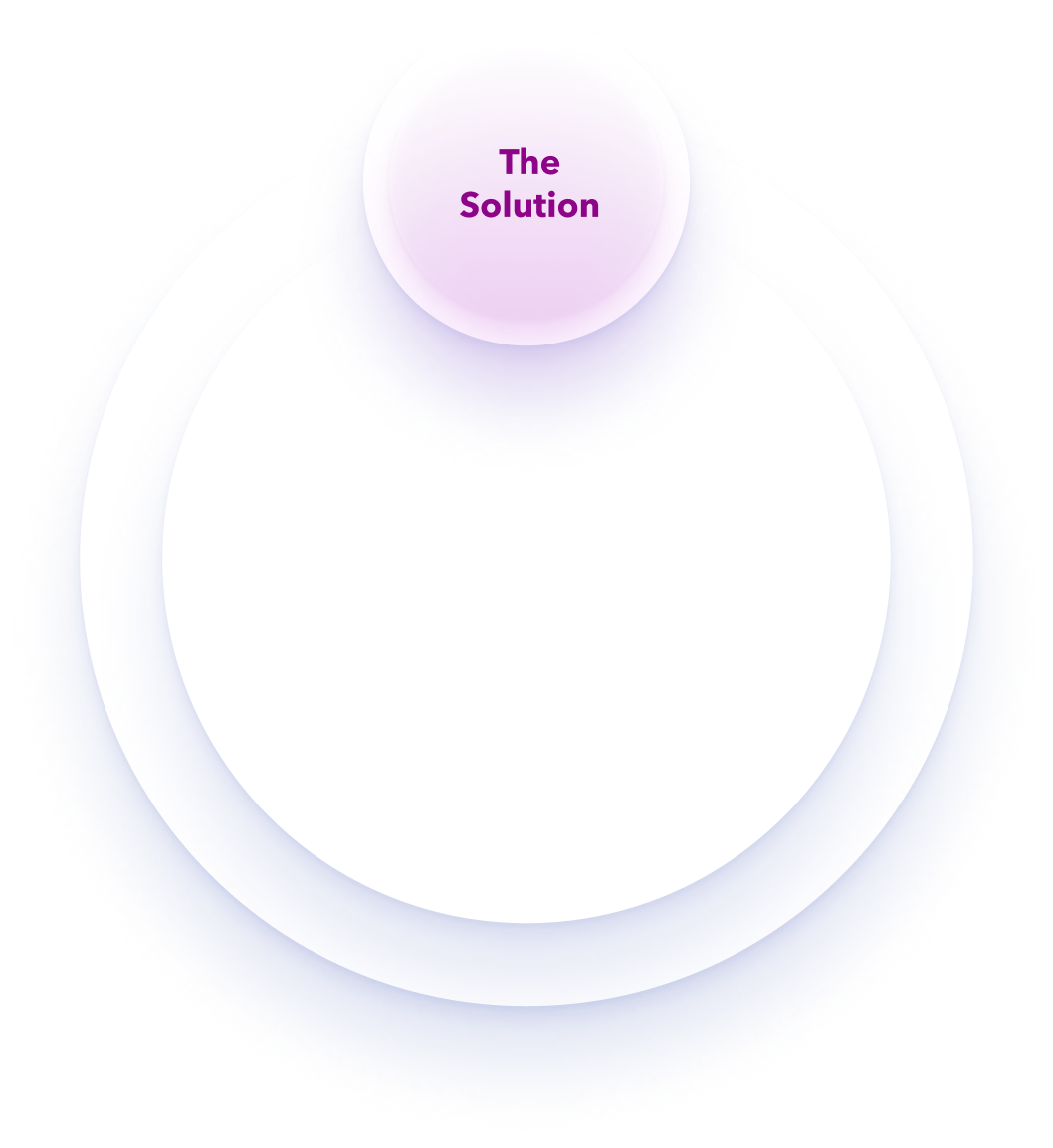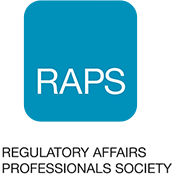Regulatory Affairs Professionals Society
Data ETL



About the Regulatory Affairs Professionals Society
The Regulatory Affairs Professionals Society (RAPS) is the largest global organization for those involved in the regulation of healthcare and related products, which include medical devices, pharmaceuticals, biologics, and nutrition products. RAPS helped establish the regulatory profession and continues to actively support the professional and lead the profession as a neutral, non-lobbying nonprofit organization.

Executive Summary

RAPS had approached Pumex to assist with the migration of their members and learning data from a legacy LMS system to a newer and more robust solution. This data had been through several different systems to date and prior to the move and the organization wished to undertake a data ETL process to ensure that the data was clean, properly conformed to the source requirements, they maintained the integrity of their data through the migration process, and legacy data that was no longer needed would be archived separately from the new platform.

The Pumex BA team had to work closely with the RAPS data stakeholders to properly define what were a loosely communicated set of data requirements. Through this effort, our BA team pinpointed the exact criteria to ensure the data met all organizational standards.

Because the data RAPS was moving into the new system had been through several different systems there were significant challenges around data integrity, duplication of data, and differentiating old data that did not need to be migrated. As with all projects, Pumex implemented standardized success processes. These processes included of a) reviewing data tables for project inclusion, b) validating the data inclusion assumptions, c) collecting appropriate organizational business rules, d) performing a thorough data analysis within the below framework, e) providing data cleanup recommendations to RAPS Stakeholders, f) completing stakeholder approved recommendations.



Because of the complexity of the project, Pumex broke the effort down into two phases. The first phase was designed to capture all organizational business rules around the data migration effort, understand data quality challenges, and provide an exacting estimate to complete the actual data migration work. The second phase was the actual migration of the data, which included, developing the ETL layer, implementing the defined business rules, performing the data cleansing activities, and finalizing the migration of the data to the new solution and archived database.
Present and Future Outcomes

This Data ETL and migration project was completed on time, on budget, and to client quality expectations.

There were 0 reported data issues by RAPS in the new LMS system.

Having gone through this process, RAPS now has a clean set of learning data, that has been standardized so they can perform accurate data analysis and reference.
Future Goals
Pumex is RAPS vendor of choice for all web development, data migration, cloud infrastructure management, and cybersecurity requirements. Pumex is proud to continue supporting the overly complex RAPS website with many custom web parts and their overall IT (Information Technology) environment.











































